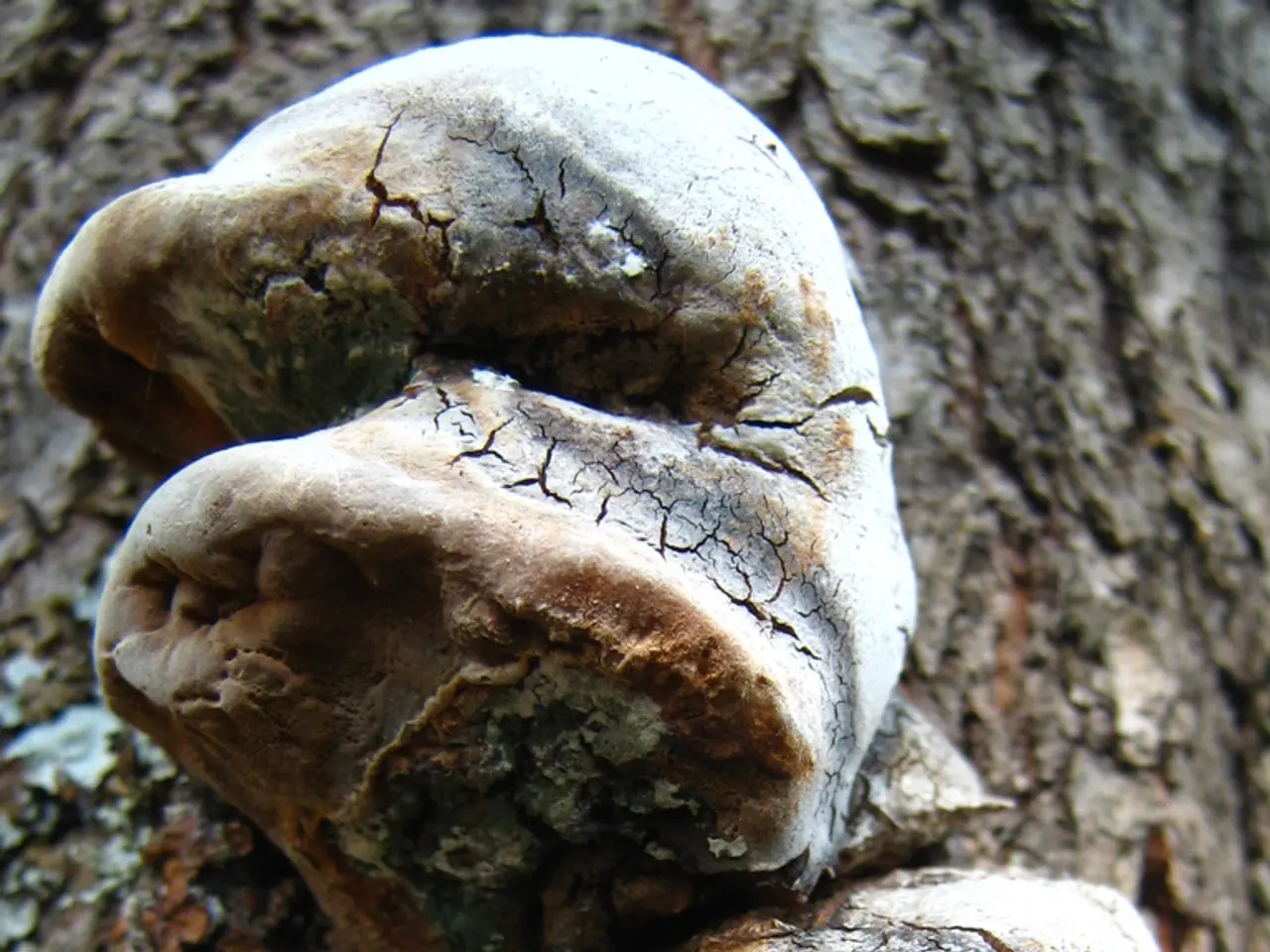Fungal Ear Infection: Symptoms, Causes, and Remedies
Otomycosis, a superficial fungal infection of the external ear canal, is a common health concern that affects many individuals worldwide. The most common fungi implicated in otomycosis are species of the genus *Aspergillus*, notably *Aspergillus niger*, as well as other molds and yeasts, such as *Candida*.
### The Causes of Otomycosis
The fungi responsible for otomycosis thrive in warm, moist environments and exploit a disrupted skin barrier of the ear canal. In tropical and subtropical climates, where conditions are favourable for fungal growth, otomycosis is more prevalent.
Physical damage to the ear canal, such as aggressive cleaning or the insertion of foreign objects, can also increase the risk of otomycosis by disrupting the skin barrier. Frequent swimming or water exposure, which creates a moist ear canal environment, is another common risk factor. Conditions such as otitis externa (bacterial infection of the outer ear) can also predispose to fungal superinfection. Individuals with immunodeficiencies, allergies, or asthma may have an increased risk due to impaired immune response or altered mucosal defenses.
### Symptoms and Treatment of Otomycosis
Symptoms of otomycosis include inflammation, dry skin, and a smelly discharge in the ear canal. In severe cases, otomycosis can lead to hearing loss, a feeling of fullness in the ear, redness of the outer ear, itching, pain, inflammation or swelling, flaky skin, ringing in the ears, and discharge from the ear.
Fortunately, otomycosis is generally not dangerous and can be easily treated with antifungal treatments. Over-the-counter pain relievers like acetaminophen or ibuprofen can help alleviate minor pain caused by otomycosis. A doctor may prescribe eardrops containing an antifungal agent like clotrimazole, econazole, miconazole, or amphotericin B. Aluminum acetate, salicylic acid, hydrogen peroxide, and other agents can be found in topical medications to treat otomycosis or soften the crust for better medication penetration.
Preventive measures against otomycosis include leaving a small amount of earwax for its natural anti-fungal properties, drying the ears well after swimming and bathing, using earplugs when swimming, using a hairdryer on low speed to dry ears, avoiding scratching the ears, and avoiding putting cotton swabs in the ears.
It is not recommended to clean one's own ears with cotton swabs or other tools, as this could worsen the situation. Complications from otomycosis are rare but can include chronic conditions, perforation of the eardrum, travel to the inner ear or base of the skull, and may require oral antifungal treatment and surgical management. These complications are more likely to occur in people with weakened immune systems or diabetes mellitus.
Diagnosis of otomycosis involves a medical history, physical exam with an otoscope, and possibly taking a sample of cells or fluid from the ear for microscopic examination.
In conclusion, otomycosis is a common fungal infection that can be easily treated, but prevention is key. By understanding the causes and risk factors associated with otomycosis, individuals can take the necessary precautions to protect themselves from this infection.
- Aspergillus niger and other fungi, like Candida, are often found in otomycosis, a fungal infection of the ear canal.
- In favorable environments, otomycosis is more common in tropical and subtropical climates.
- Physical damage to the ear canal, such as aggressive cleaning or foreign object insertion, can increase the risk of otomycosis.
- Frequent swimming or water exposure provides a moist environment for fungal growth and increases the risk of otomycosis.
- Otitis externa, a bacterial ear infection, can predispose one to fungal superinfection.
- Immunodeficiencies, allergies, or asthma may raise the risk of otomycosis due to impaired immune response or altered mucosal defenses.
- Symptoms of otomycosis include inflammation, dry skin, and a smelly discharge in the ear canal.
- Severe cases of otomycosis can lead to hearing loss, ear fullness, redness, itching, pain, inflammation, swelling, flaky skin, ringing in the ears, and ear discharge.
- Antifungal treatments are generally effective for treating otomycosis, such as clotrimazole, econazole, miconazole, or amphotericin B.
- Over-the-counter pain relievers can provide relief from mild otomycosis-related pain.
- Preventive measures against otomycosis include leaving earwax for its natural anti-fungal properties and drying ears after swimming or bathing.
- Using earplugs when swimming and drying ears with a hairdryer on low speed can also help prevent otomycosis.
- Avoid scratching ears and inserting cotton swabs, as this could worsen the infection.
- Complications from otomycosis are rare but may include chronic conditions, eardrum perforation, inner ear or skull travel, and potential need for oral antifungal treatment and surgical management.
- Diagnosis of otomycosis involves taking a medical history, physical examination with an otoscope, and possibly microscopic examination of ear cells or fluid.
- Maintaining ear health is essential to prevent otomycosis, as it can affect other aspects of health such as hearing and overall wellbeing.
- Understanding the causes and risk factors of otomycosis can help individuals protect themselves from this infection.
- Incorporating fitness, exercise, nutrition, and skin care into daily routines can contribute to general health and wellness, improving the body's ability to fight off potential infections like otomycosis.








